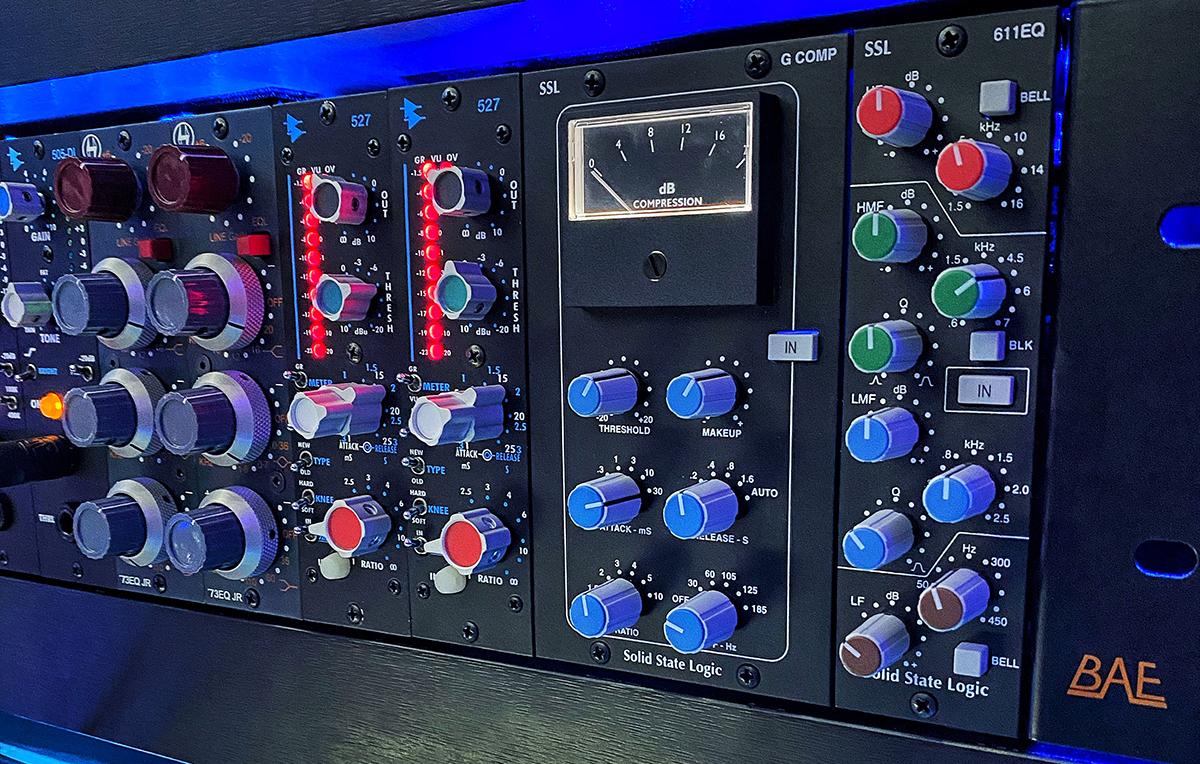
She will perform a live concert of works for solo voice and electronics on Wednesday, November 18, 2020, at 7:30 p.m. “To this day, I consider the combination of the electronics and my voice to be my main instrument,” says the award-winning artist, who has been harnessing the power of repetition and digital sound for four decades. On the contrary, with the help of a digital sound processor, Pamela Z manages to orchestrate an immersive experience, suffused with urgency. Pamela Z’s sound contains multitudes: The composer/performer/media artist designs soundscapes, generating rich environments where the sounds of found objects such as a ringing telephone or trickling water might brush against the notes of a stringed instrument, a disembodied speaker administering directions, and an ethereal singing voice that veers into operatic territory.
ELECTRONICS AND LIVE PERFORMER CODE
Through these interactions, I hope to bring a sense of self-history into the piece and create an interesting notion of depth which reflects a broader perspective of what constitutes a "work." Whereas one typically thinks of an artwork as a fixed entity such as a score, I am trying to overtly link and interconnect otherwise marginalized and disparate aspects that contribute to the totality of this piece such as rehearsals and performances.A Secret Code to feature works for solo voice and electronics


These letters direct the performers to address sounds/actions produced by the other performer, themselves, or the electronics through their interpretations. The percussionists directly respond to these sounds as well as each other while interpreting certain pages of the score that contain the letters I, O, and T (signifying imitate, oppose, and transform respectively).
ELECTRONICS AND LIVE PERFORMER WINDOWS
To accomplish this, the computer performer utilizes some or all of nine MAX/MSP patches (single windows containing a user designed graphical interface) of my design that incorporate differently controlled ring modulation, filtering, and delay in isolation or various combinations. While the performance proceeds, another performer interprets the same score using Cycling 74's MAX/MSP (software that accomplishes real-time sound synthesis and processing) to process and playback sound segments from recordings of previous rehearsals and/or performances. The similarities inherent in the various score pages requires that performers frequently reinterpret quasi-redundant visual materials with greatly varying groups of instruments (and objects), emphasizing the differences between each instrument group.


Each sector that contains groups of instruments also contains a music stand holding three of eighteen closely related score pages. The percussionist(s) take an active role in designing the stage set-up for each performance by superimposing a grid on the performance space, and filling at least half of the sectors with combinations of instrument-types listed in the piece's instructions (including objects made of metal, wood, glass, paper, plastic, and stone). Bit of nostalgia is a work for one or two percussionists and a live electronics performer that explores performer creativity through a graphic score and investigates the ways that the objects performers interact with (instruments) shape their actions/performances.


 0 kommentar(er)
0 kommentar(er)
